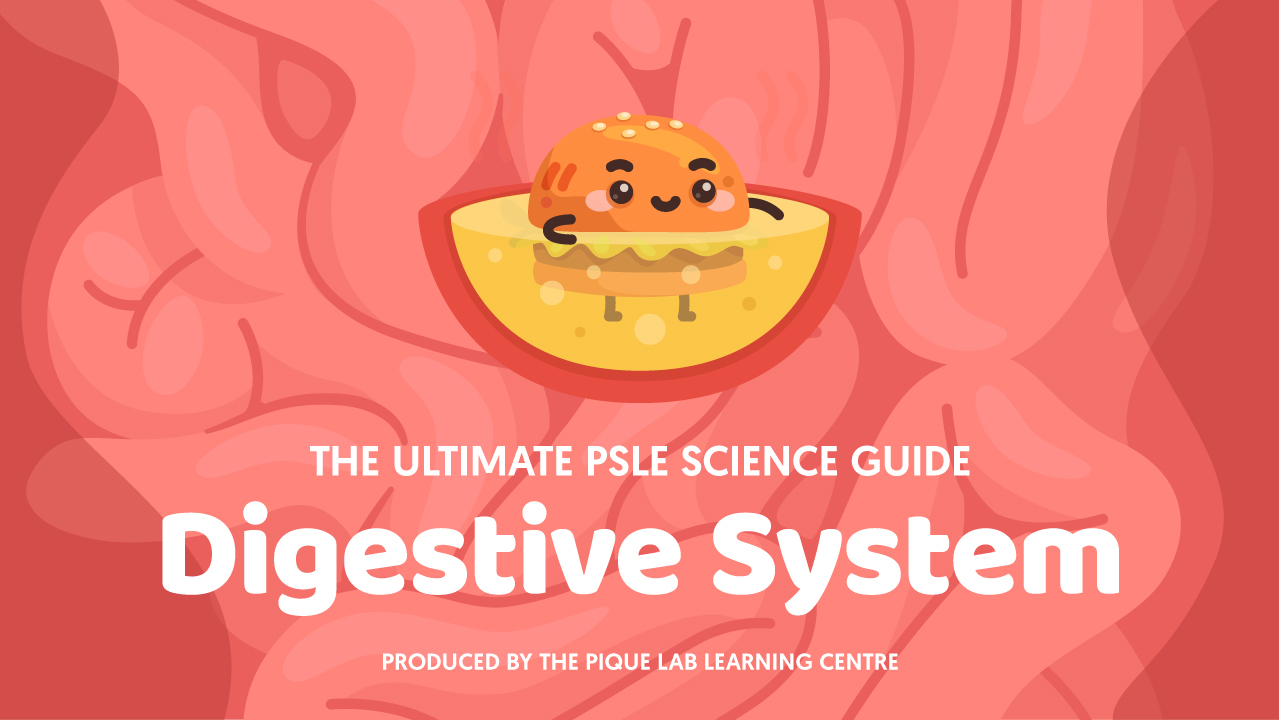Welcome back to our Examination Paper Analysis series!
In this article, we will be analysing a question from the 2020 Anglo-Chinese School (Junior) (ACSJ) P6 SA1 Examination Paper.
Let’s Take A Look At This Question

Source: Anglo-Chinese School (Junior) – 2020 P6 SA1 Examination Paper [Q21]
Thought Process
In these three diagrams, the triangles represent the parent plant while the Xs represent the dispersed fruit or seeds, which then grew into young plants. You have surely encountered such questions, so I will be discussing all the techniques to solve such questions.
Read Also:
Before anything else, let us do a quick recap on the methods of seed dispersal.
🌱 4 Methods Of Seed Dispersal 🌱
💨 Seed dispersal by wind
💧 Seed dispersal by water
🥥 Seed dispersal by splitting
🦊 Seed dispersal by animals
For such questions, you need to first identify the dispersal pattern of the seeds.
- Are they dispersed in a certain direction?
- Are they dispersed along the sides of the body of water?
- Are they clustered together?
- Are they randomly dispersed?
Once you have identified the pattern, you can then match it according to the dispersal method.
Plant X
Let’s look at plant X first. How are the seeds dispersed in this diagram?
If you look very carefully, they are all dispersed towards the right. What do you think caused all of these seeds to disperse towards only a certain direction?

Source: Anglo-Chinese School (Junior) – 2020 P6 SA1 Examination Paper [Q21]
It must be the wind.
The wind must have been blowing eastward, causing all the seeds to be dispersed to the right side of the parent plant. Since the seeds are all dispersed in the direction of the wind, we can conclude that the fruits of plant X are dispersed by wind.
We are then supposed to choose the characteristics of the fruits that are dispersed by that specific method. If the seeds are dispersed by wind, what kind of characteristics do you think they would have?
Would the fruits be brightly coloured? If the fruits are brightly coloured, they are most likely dispersed by animals, not by wind. Hence, Option (1) is wrong.
Option (2) tells us that the fruits split open when ripe. Fruits that split open when ripe are dispersed by splitting, not by wind, so this is wrong as well.
Option (3) tells us that the fruits of plant X have a wing-like structure. If the fruit has a wing-like structure, this means its dispersal method would be by wind, so this is possible.
Option (4) mentions the fruits as having stiff hairs. When fruits have stiff hairs, they allow the fruit to be attached to the outer covering of animals. This means that if the fruits have stiff hairs, they are most likely to be dispersed by animals, not by wind, so let’s eliminate this as well.
This shows that our only possible answer is Option (3).

Let’s confirm the dispersal method of the other two plants.
Plant Y
If you look at plant Y, what kind of pattern is the seeds dispersed in? Do they have a specific pattern?

Source: Anglo-Chinese School (Junior) – 2020 P6 SA1 Examination Paper [Q21]
There is no specific pattern. They are all randomly dispersed.
Now, if the seeds are randomly dispersed, which method allows the seeds to be dispersed this way? Could it be by water?
No. If it is by water, the seeds will be found along the sides of the body of water.
How about by splitting? If the fruits are dispersed by splitting, they would be clustered around the parent plant, so it is not by splitting as well.
It has to be by animals then. Since these fruits are dispersed by animals, what kind of characteristics would they have? They can have stiff hairs.
The stiff hairs get attached to the outer covering of the animal. When the animals move, the seeds are carried further away from the parent plant and the seeds will then fall off the outer covering and be dispersed away from the parent plant randomly.
As mentioned in Option (2), are brightly coloured fruits possible? Yes, because brightly coloured fruits would attract the animal to eat the fruits.
When the animals eat the fruit, if the fruit has small seeds, the seeds are going to be swallowed. Together with the waste of the animals, these seeds will then be passed out further away from the parent plant.
What if the fruits have large seeds? The animals wouldn’t swallow these large seeds but they would spit out these large seeds further away from the parent plant as well. So, stiff hairs are possible.
How about fibrous husks in Option (4)? When the fruits have fibrous husks, the seeds are dispersed by water. What do the fibrous husks do?
They trap air, allowing the fruit to float on water causing the fruits to then be dispersed further away from the parent plant. Fibrous husks are not possible because having fibrous husks would mean that the fruits are dispersed by water, not animals.

Source: Anglo-Chinese School (Junior) – 2020 P6 SA1 Examination Paper [Q21]
Plant Z
Lastly, let us identify the pattern of the dispersed fruits, plant Z. If you look closely, they are all clustered around the parent plant, which means these fruits are dispersed by splitting.
Fruits that are dispersed by splitting would have a certain characteristic: a pod-like structure. This pod-like structure allows the fruit to split open when the fruit is ripe, throwing the seeds forcefully around the parent plant, causing the seeds to be clustered or scattered around the parent plant.

Source: Anglo-Chinese School (Junior) – 2020 P6 SA1 Examination Paper [Q21]
Since we already concluded that our answer is Option (3), let’s quickly check that the fruit of plant Z has a pod-like structure, which splits open when ripe. It does, so this confirms our answer.
Suggested Answer

Option (3).
Conclusion
We have come to the end of the examination paper analysis of the 2020 Anglo-Chinese School (Junior) P6 SA1 Science examination paper.
I hope that this article has been an informative read and has helped you gain a better understanding of seed dispersal patterns and how to approach questions that involve different variables and characteristics.
Stay tuned for more exam paper analyses coming your way! 🙂

If you like our methodology, we've some upcoming workshops:







